Part 2
Bonfire celebration
What is happening is that he got stuck in a fire and he is trying to get out of it with horse.
Monk protests




 This photo is framing because he is taking a photo of what used to be a fully clock but until it got destroy.
This photo is framing because he is taking a photo of what used to be a fully clock but until it got destroy.

I really don't know what is going on to me its looks like theirs a man on fire and he is trying to run off the fire or something.
Rhino transported

Right here people are trying to save this rhino of other people because there almost going instinct people are just killing them for there horns so they can get money for it.
Part 3
This photo looks like its depth people its really just focusing on the first person that pass the finish line.

This photo looks like she crop it in so she can get that think biting her ear a better look.

This photo right her is viewpoint because while he is talking it looks like he is holding the sun in his hands.

EXTRA CREDIT
2. Why did the photographer say he took the photo?
4. Do you think the photographer did the best thing he could have done in this situation?
5. Do you agree or disagree with the decision to run the photo on the front page of the New York Post?
6. What is more important to a photojournalist, capturing images of life as it happens or stopping bad things from happening?
7. Do you think it is ever ethically acceptable for a photographer to involve himself/herself in a situation that he or she photographs?
8. Should photojournalists always avoid influencing events as they happen?
9. After reading the responses from the professional photographers, what stands out as the most appropriate response for a photographer to this situation.
1. Explain what happened to the man that was killed by the subway and how the photographer was able to take the photo.
- At first he was push down to the train tracks while the tracks was coming
2. Why did the photographer say he took the photo?
- Because a man got shoved and couldn't get out.
- yes because it showing what happen and show what people can do to hurt you.
4. Do you think the photographer did the best thing he could have done in this situation?
- yes because it was already to late to get him so he just took a photo.
5. Do you agree or disagree with the decision to run the photo on the front page of the New York Post?
- agree because people need to see what happen and to see what people can do.
6. What is more important to a photojournalist, capturing images of life as it happens or stopping bad things from happening?
- stopping it of course but if they cant they will catch the moment that it happen.
7. Do you think it is ever ethically acceptable for a photographer to involve himself/herself in a situation that he or she photographs?
- Yes because it can stop bad thing of happening.
8. Should photojournalists always avoid influencing events as they happen?
- No they should stop bad things of happening but if they cant they will catch the moment.
9. After reading the responses from the professional photographers, what stands out as the most appropriate response for a photographer to this situation.
- To me i think he should of tried to help him but he couldn't so he got the moment when it happen so people can like image how he died.


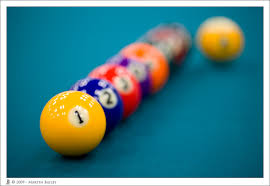

 I like this photo because it shows that a man love fishing that he is doing what he likes.
I like this photo because it shows that a man love fishing that he is doing what he likes. i like this one because no matter what that kid likes the sport so he is playing with a ball that's all beat up.
i like this one because no matter what that kid likes the sport so he is playing with a ball that's all beat up.  This photo shows the quarter back of my favorite team that he is in the zone going beast mode right know.
This photo shows the quarter back of my favorite team that he is in the zone going beast mode right know.  That this shows that no one can get past us.
That this shows that no one can get past us.  I love this photo because this shows that there ready tp put ion work a have a good game and shows that there ready for them.
I love this photo because this shows that there ready tp put ion work a have a good game and shows that there ready for them. 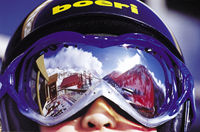 i pick this one because it shows he is ready for the time of his like and give it all he got.
i pick this one because it shows he is ready for the time of his like and give it all he got. 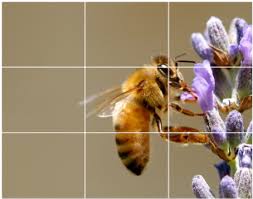

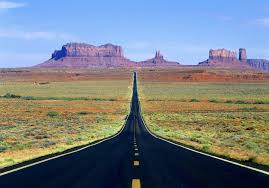

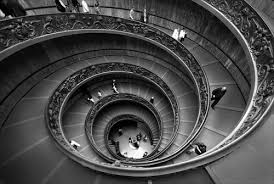


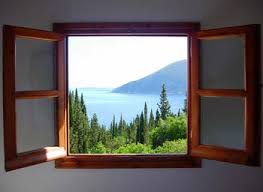
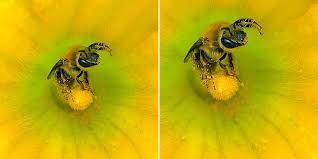



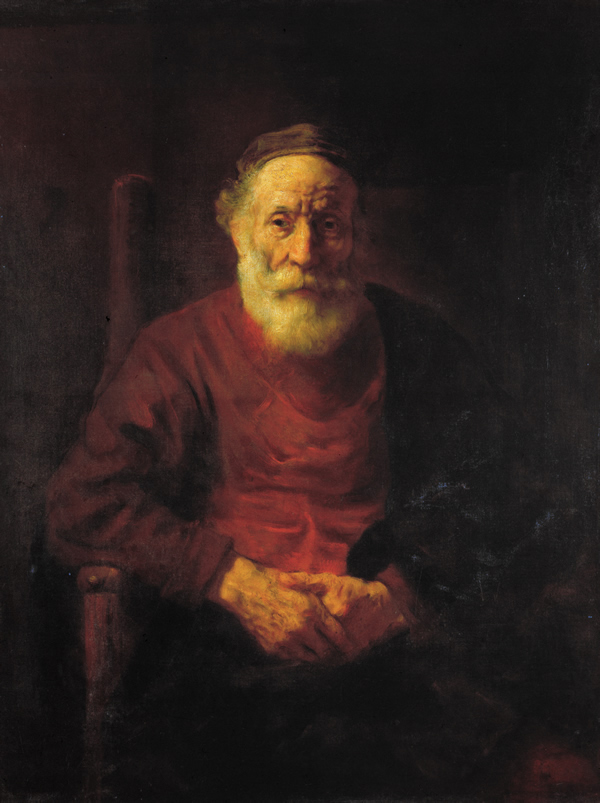
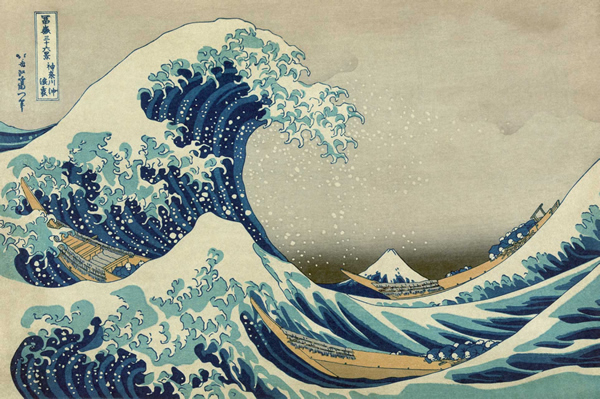
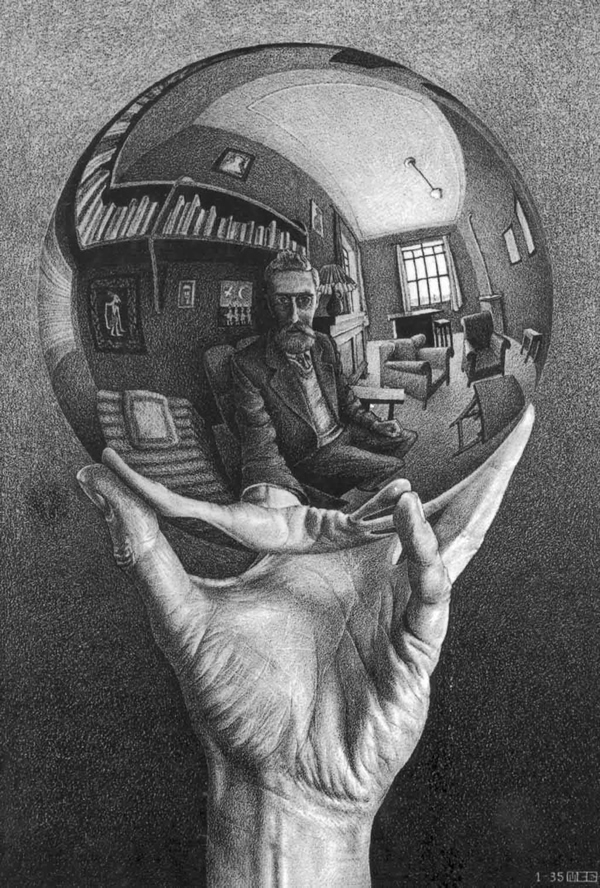
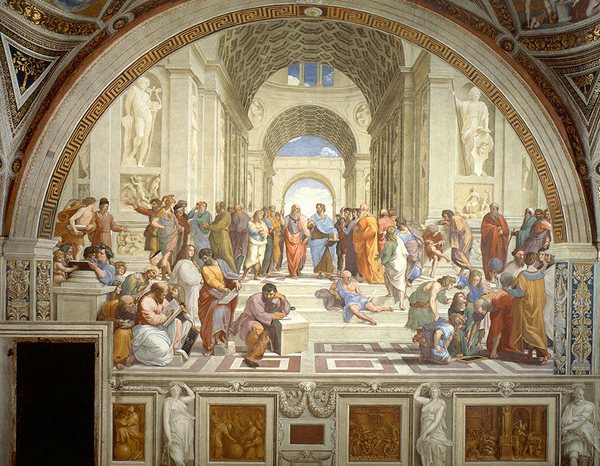
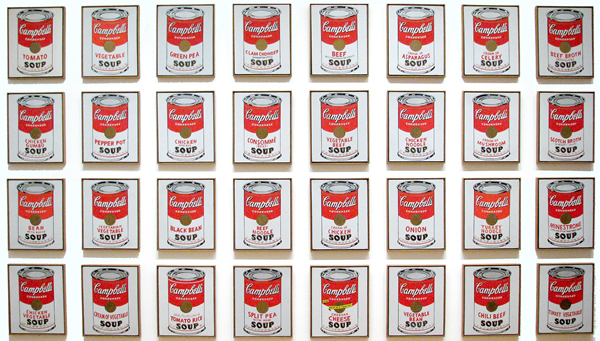
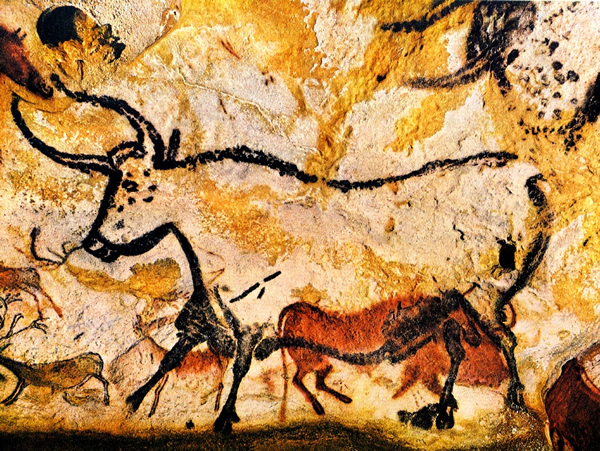
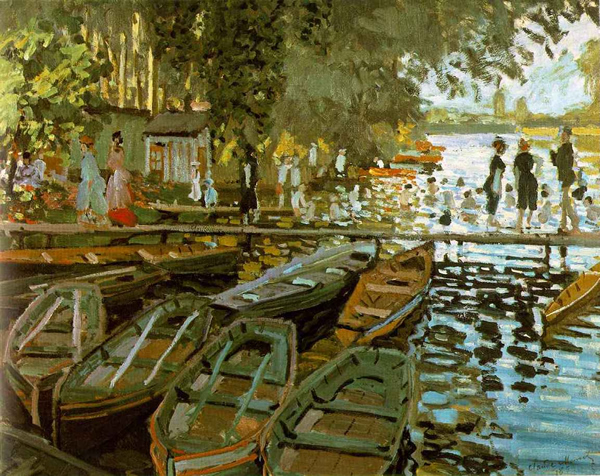 the boats fits in the photos.
the boats fits in the photos.















